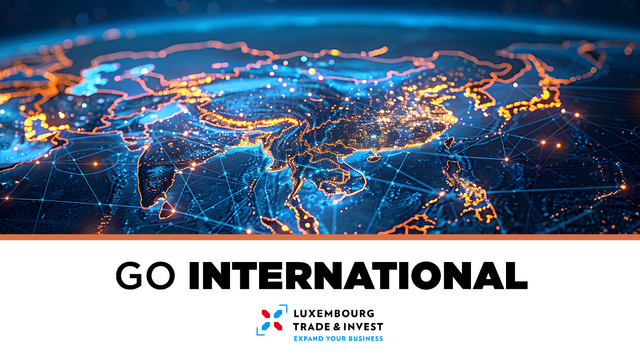
Chapitres
Over the last decade, Tajikistan experienced strong economic performance, with growth rate averaging above 7.1%. Strong growth, higher wages, and international remittances helped reduce the number of people living in poverty from 32% of the population in 2009 to an estimated 12.4% in 2022 (at the international poverty line of $3.65/day).
Despite significant progress, Tajikistan remains vulnerable to external shocks due to high dependency on migrant remittances, an undiversified economy, as well as high risk of debt distress. The inflow of workers’ remittances accounts for a third of annual GDP. While public debt is sustainable, the risk of debt distress remains high.
Tajikistan has enormous growth potential due to a young and growing population, water and hydropower potential, and development in areas like agriculture and food processing, mineral resources, tourism, and more.
Source: World Bank
Indicateurs clés
- Surface
- 144,100
- Population
- 10.1 (2023)
- Type de gouvernement
- presidential republic
- Langues
- Tajik (official), Russian widely used in government and business
- PIB
- $12.194 billion (2023)
- Taux de croissance
- 8.3% (2023)
- HDI
- 125
- Capitale
- Dushanbe
Indicateurs macroéconomiques
The country’s economic base is dominated by the production of aluminium and cotton (Tajikistan’s main export commodities) supplemented by remittances from Tajik nationals working abroad, which represents 28 per cent of the GDP. The agricultural sector contributes almost 20 per cent to the national GDP and provides 61 percent of the country’s employment.
Despite its critical importance, the agricultural resource base is characterized by limited arable land and a lack of investment in infrastructure, farm machinery and agricultural equipment. Livestock is a key part of the agriculture sector. However, the ability of livestock farmers to optimize the use of pastures is constrained by many problems, such as a lack of technical knowledge among small livestock holders, poor governance arrangements on pasture management, inefficient management of community livestock, shortage of feed during winter months, environmental degradation, and lack of access to good-quality fodder seed.
Despite rapid growth in recent years, Tajikistan’s economy remains fragile due to uneven implementation of structural reforms, weak governance, widespread unemployment, seasonal power shortages and a heavy external debt burden. Tajikistan has however done a remarkable job in reducing poverty over the years, which fell from over 83 per cent in 2000 to about 26 per cent in 2020. While Tajikistan has seen progress in reducing poverty, the country remains in 125th place in the global ranking. Poverty is higher in rural areas, which are home to 73 per cent of the country’s poor people. It is the most vulnerable country in Central Asia with regard to food security: one-third of its population suffers from undernourishment.
Source: IFAD
IMF Statistics:
| Subject descriptor | 2021 | 2022 | 2023 | 2024 | 2025 |
|---|---|---|---|---|---|
|
Gross domestic product, constant prices Percent change (Units) |
9.400 |
8.000 |
8.250 |
6.800 |
4.500 |
|
Gross domestic product, current prices U.S. dollars (Billions) |
8.934 |
10.493 |
11.855 |
12.995 |
14.164 |
|
Gross domestic product per capita, current prices U.S. dollars (Units) |
925.135 |
1,066.747 |
1,183.908 |
1,275.500 |
1,367.091 |
|
Inflation, average consumer prices Percent change (Units) |
8.974 |
6.641 |
3.652 |
4.540 |
5.875 |
|
Volume of imports of goods and services Percent change (Units) |
11.885 |
13.050 |
21.110 |
10.148 |
7.186 |
|
Volume of exports of goods and services Percent change (Units) |
17.470 |
-1.997 |
17.191 |
1.000 |
5.985 |
|
Unemployment rate Percent of total labor force (Units) |
n/a |
n/a |
n/a |
n/a |
n/a |
|
Current account balance U.S. dollars (Billions) |
0.736 |
1.635 |
0.584 |
0.033 |
-0.242 |
|
Current account balance Percent of GDP (Units) |
8.233 |
15.579 |
4.927 |
0.255 |
-1.711 |
Source: IMF Statistics - Tajikistan
Le Luxembourg et le pays
Existing conventions and agreements
Non double taxation agreement
In order to promote international economic and financial relations in the interest of the Grand Duchy of Luxembourg, the Luxembourg government negotiates bilateral agreements for the avoidance of double taxation and prevent fiscal evasion with respect to Taxes on Income and on fortune with third countries.
- Convention from 09.06.2011 (Memorial 2013, A No.114, p.1769)
- Effective as of 01.01.2014 (Memorial 2013, A No.114, p.1769)




